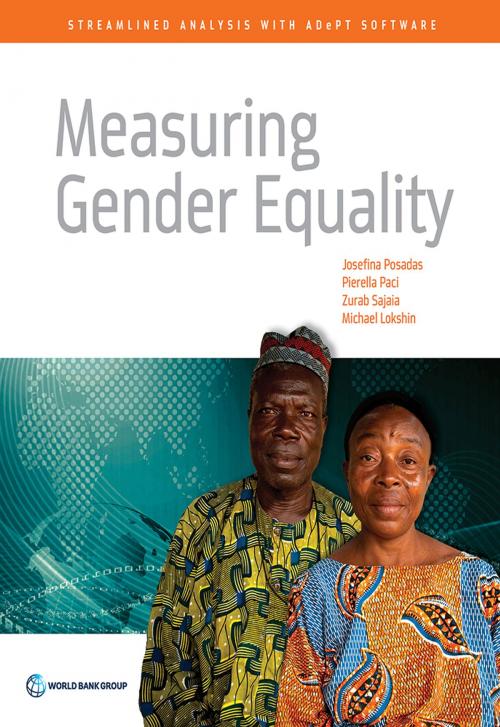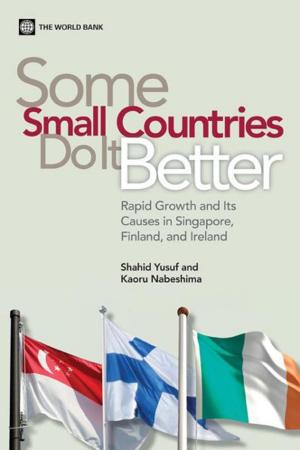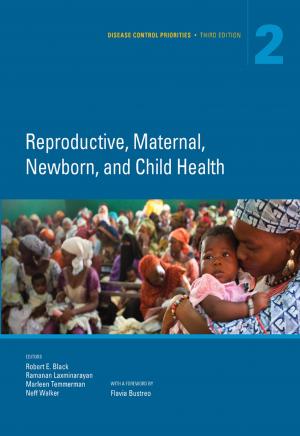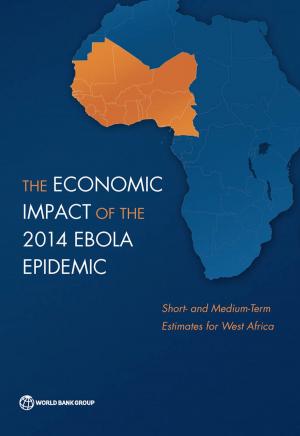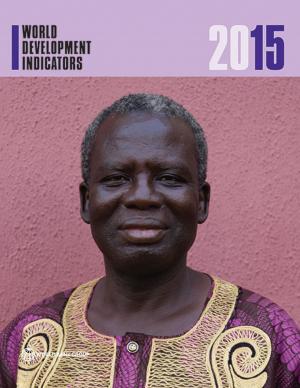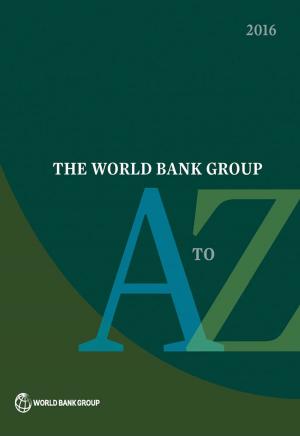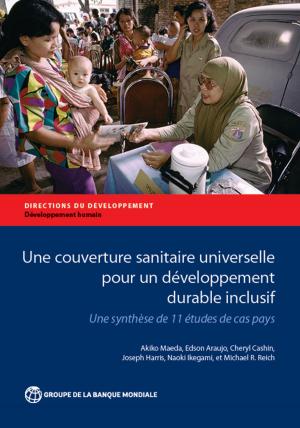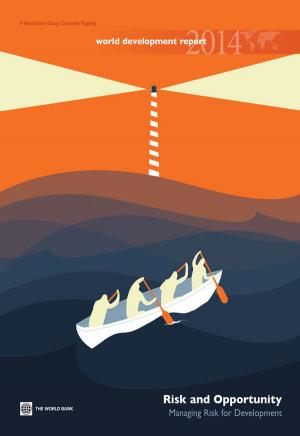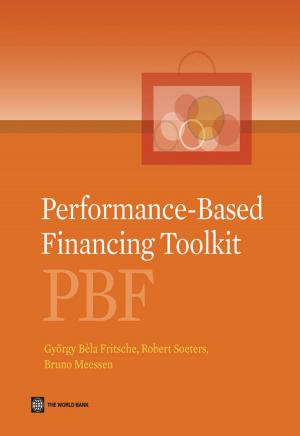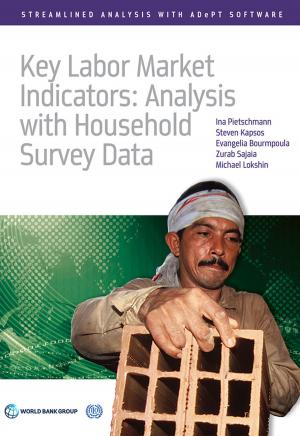Measuring Gender Equality
Streamlined Analysis with ADePT Software
Business & Finance, Economics, Development & Growth, Nonfiction, Social & Cultural Studies, Social Science, Gender Studies| Author: | Josefina Posadas, Pierella Paci, Zurab Sajaia, Lokshin | ISBN: | 9781464807763 |
| Publisher: | World Bank Publications | Publication: | April 10, 2017 |
| Imprint: | World Bank Publications | Language: | English |
| Author: | Josefina Posadas, Pierella Paci, Zurab Sajaia, Lokshin |
| ISBN: | 9781464807763 |
| Publisher: | World Bank Publications |
| Publication: | April 10, 2017 |
| Imprint: | World Bank Publications |
| Language: | English |
Gender equality is a core development objective in its own right and also smart development policy and business practice. No society can develop sustainably without giving men and women equal power to shape their own lives and contribute to their families, communities, and countries. And yet, critical gender gaps continue to exist in all countries and across multiple dimensions. The gender module of the World Bank’s ADePT software platform produces a comprehensive set of tables and graphs using household surveys to help diagnose and analyze the prevailing gender inequalities at the country level and over time. This book provides a step-by-step guide to the use of the ADePT software and an introduction to its basic economic concepts and econometric methods. The module is organized around the framework proposed by the World Development Report 2012: Gender Equality and Development. It covers gender differences in outcomes in three primary dimensions of gender equality: human capital (or endowments), economic opportunities, and voice and agency. Particular focus is given to the analysis and decomposition techniques that allow for further exploring of gender gaps in economic opportunities.
Gender equality is a core development objective in its own right and also smart development policy and business practice. No society can develop sustainably without giving men and women equal power to shape their own lives and contribute to their families, communities, and countries. And yet, critical gender gaps continue to exist in all countries and across multiple dimensions. The gender module of the World Bank’s ADePT software platform produces a comprehensive set of tables and graphs using household surveys to help diagnose and analyze the prevailing gender inequalities at the country level and over time. This book provides a step-by-step guide to the use of the ADePT software and an introduction to its basic economic concepts and econometric methods. The module is organized around the framework proposed by the World Development Report 2012: Gender Equality and Development. It covers gender differences in outcomes in three primary dimensions of gender equality: human capital (or endowments), economic opportunities, and voice and agency. Particular focus is given to the analysis and decomposition techniques that allow for further exploring of gender gaps in economic opportunities.
